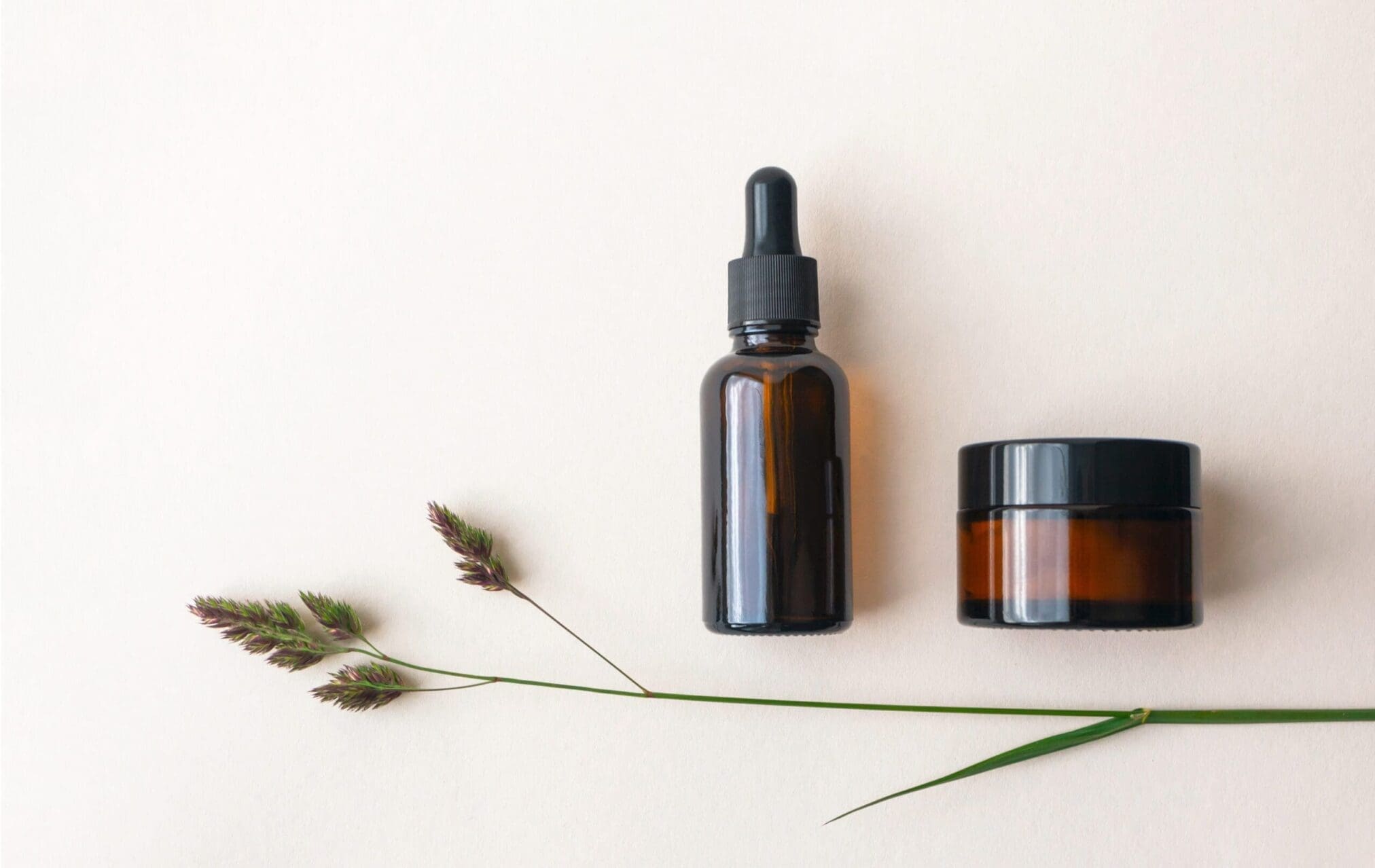Notes of guidance:
The latest edition of the “Notes of guidance for testing of Cosmetic Ingredients and their Safety Assessment” has been issued and closed for comments following the deadline of 8th of January 2016. This is a document issued periodically by the SCCS, with the purpose of improving the compliance of cosmetic products with the last amended cosmetics regulation (1223/2009/EC). The previous edition was issued in 2012, having seen since then several amendments, and new opinions have been published thereafter. All these modifications form the basis of a new revision.
SCCS
The Scientific Committee on Consumer Safety (SCCS) consists of a group of well-accomplished scientists, with extensive experience in diverse scientific fields. The members of the SCCS perform safety evaluations on substances which are of concern to human health, eventually deciding whether they should be taken up into the Annexes of the cosmetics regulation or not.
9th Edition:
This document provides a clearly outlined guidance for safety assessors, and comprises relevant information for performing tests and safety assessments of cosmetic products.
The 9th edition points out the main additional requirements for cosmetic products that the cosmetics regulation brought after being adopted in July 2013, therefore replacing the European Cosmetics Directive. These requirements include reinforced safety standards for cosmetic products, which require manufacturers to follow strict guidelines regarding the safety reports of their products, as well as new sets of rules for the use of nanomaterials and CMR substances in cosmetic products.
Furthermore, this updated edition outlines specific prerequisites for the safety assessment of natural products, which are becoming more and more predominant in today’s cosmetics formulations. The guideline also highlights the importance of performing a safety assessment of spray products, taking into consideration the “likelihood of significant inhalation contribution”. This implies the calculation of internal doses which lead to a systemic effect, as well as taking into consideration other doses received from different intake routes, and comparing them to the outcomes of standard toxicological tests.
It is emphasized, as in the previous guideline, that the safety evaluation of cosmetics can only be done on a case-by-case basis, as this document does not fulfil the role of a checklist. It remains, however, a reference point in the cosmetics industry.
With more than 25 years of regulatory experience, it will be our pleasure to help and advise you on regulatory updates for the EU market, SCCS opinions and cosmetic ingredients in the EU. If you would like to know more on cosmetics products regulatory compliance, please contact us.


